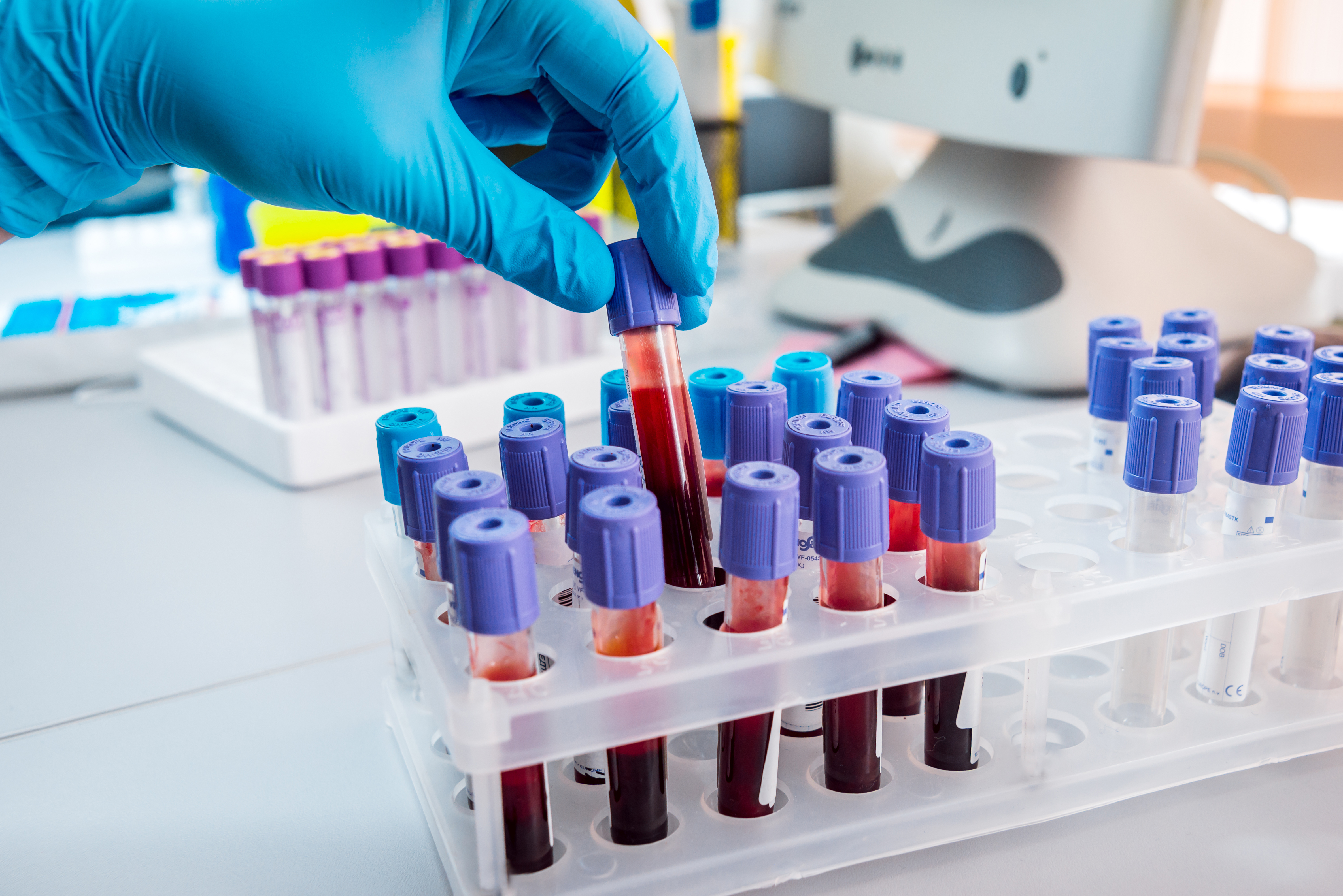β-thalassemia Patients at Risk for PAH Show Improvements on Tracleer, Case Report Says

Tracleer (bosentan) treatment improves mean pulmonary arterial pressure (mPAP) in β-thalassemia patients with potential pulmonary arterial hypertension (PAH), according to a case report of three patients.
The report, “The improvement of pulmonary artery pressure after bosentan therapy in patients with β-thalassemia and Doppler-defined pulmonary arterial hypertension,” was published in the International Medical Case Reports Journal.
β-thalassemia is a genetic disorder caused by the loss of function of the beta-globin (HBB) gene, which is important in producing the beta-globin protein, found in hemoglobin. The abnormal production of this protein can decrease hemoglobin levels, and prevent red blood cells from transporting oxygen in the body.
Although the exact cause is unknown, β-thalassemia-related conditions such as red blood cell dysfunction, low oxygen delivery to tissues, and blood thrombosis (hypercoagulation) can contribute to the development of PAH. Depending on the β-thalassemia subtype and assessment method used, the PAH prevalence in β-thalassemia patients can range between 2 percent and 79 percent.
Like hemoglobin abnormalities (hemoglobinopathies), PAH is linked with increased plasma levels of the neurohormone endothelin-1 (ET-1), which triggers blood vessel narrowing.
Want to learn more about the latest research in Pulmonary Hypertension? Ask your questions in our research forum.
Tracleer, manufactured by Actelion Pharmaceuticals, is an antagonist of the ET-1 receptor that — similar to other PAH-specific treatments — has been shown to benefit patients with hemoglobinopathies. Little is known about its effects on patients with both chronic anemia conditions and PAH.
This case report evaluated the effects of Tracleer treatment on patients with β-thalassemia who were at risk for PAH.
The team determined PAH-related mean pulmonary artery pressure (mPAP) by using noninvasive Doppler echocardiography (ECHO), an alternative to the more common and invasive right heart catheterization method.
The study reports on three patients — one male and two females, with a mean age of 41.6 years — receiving Tracleer. All patients had an mPAP of more than 60 mmHg before treatment began, suggesting severe PAH.
Patients were treated with 62.5 mg of oral Tracleer twice a day for four weeks. The treatment then increased to 125 mg twice a day, if there were no side effects.
Results showed that the therapy reduced the mPAP in all patients: by 25% in the first patient (from 160 to 120 mmHg), by 36.4% in the second patient (from 110 to 65 mmHg), and by 58.4% in the third patient (from 60 to 25 mmHg).
None of the patients experienced adverse effects, such as reduced hemoglobin levels, due to the treatment.
No clinical trials have yet tested the safety or effects of Tracleer on PAH in β-thalassemia patients. However, earlier long-term observational studies partially supported the benefits seen in this study, suggesting improved health and enhanced survival of PAH patients with β-thalassemia upon treatment with Tracleer.
Out of several β-thalassemia-related risk factors associated with PAH, thrombophilia (hypercoagulability) is considered the most important. While the team did not perform specific blood flow tests, they noted that Tracleer might improve thalassemia-related thrombophilia in PAH.
“Results of this study showed the therapeutic effects and safety of [Tracleer] to relieve PAP in patients with β-thalassemia suspected with PAH,” the team concluded, but they added that “further case-control studies with larger well-defined samples are recommended to evaluate the clinical efficacy, safety, and appropriate treatment doses and duration of [Tracleer] for severe PAP management.”







